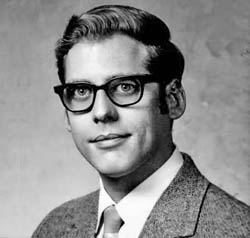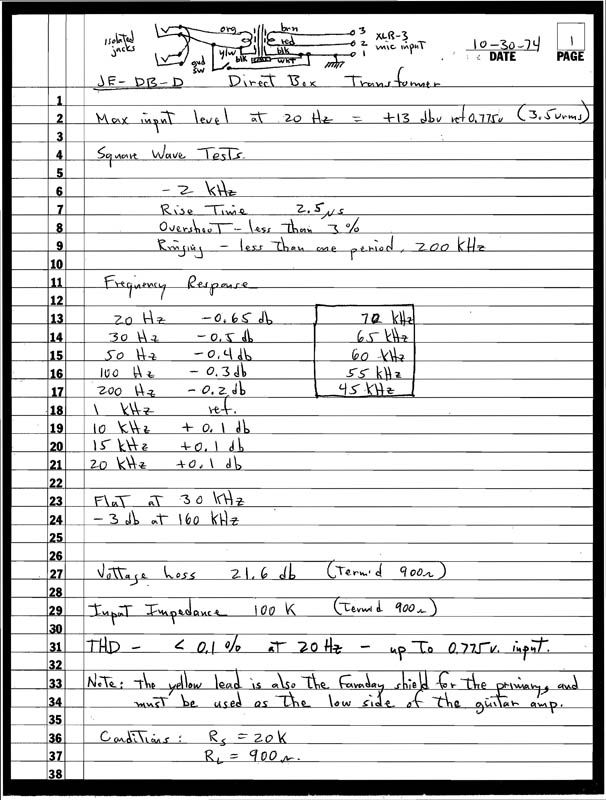
Multiple Pursuits
Deane was also a pioneer in computer-aided design. He quickly realized that his work with transformers needed powerful tools to make quick work of circuit analysis and optimization, so he decided to create his own circuit analysis program to run on his Hewlett-Packard programmable calculators (predecessors of today’s computers).
The final version of this powerful AC circuit analysis program, called COMTRAN, allowed him to accurately model and fine tune the transformer designs—optimizing them for use with “real world” electronics. Hewlett-Packard was so impressed with COMTRAN that it became the first third-party software HP ever distributed, and it was ultimately used by hundreds of engineers to optimize their transformer, filter, and amplifier designs.
With the help of COMTRAN, Deane systematically re-designed his transformers to have the response of a Bessel low-pass filter, which by definition has virtually no phase distortion, ringing, or waveform overshoot. He had a level of expertise that rarely existed at competing companies—where audio transformers were just a sideline to other commodity transformers.
Deane officially founded Jensen Transformers in 1974—the first models to carry the Jensen name were “custom” ones, in that they were developed direct from customer requests. This was followed by the JE-series of audio transformers, which quickly became a benchmark of the audio industry.
Of particular note is the original Jensen direct box transformer, the model JE-DB-D, which Deane developed after meeting an electrical engineer named John “Jack” Crymes while with Wally Heider. Jack was a pioneer in professional remote audio recording who designed and built the world’s first mobile audio recording truck for Heider in 1974.
Jack discussed with Deane the need to not only convert guitar level signals down to mic level, but to also completely isolate the guitar amp from the recording console. This lead to Deane creating a dual Faraday shield design, where both the primary and secondary windings had their own internal copper foil “Faraday” shields. Another innovation was special acceptance tests for core materials (still a Jensen trade secret).

Until 1979, when he hired office assistant Bruce Black plus software specialists Rob Robinett and Jerry Jensen (no relation) to continue the COMTRAN work, Jensen was essentially a one-man business. By 1980, demand for Deane’s transformers required a move to larger offices on Burbank Boulevard in North Hollywood, and the staff grew to include a bookkeeper and a facility manager, Dave Hill, who today continues to manage operations.
Deane was well known for answering simple application questions with dissertations that often lasted an hour. The famous Jensen 3-ring binder catalog, now a collector’s item, contained the most technically complete data sheets in the industry. Deane’s many papers and lectures on high-frequency phase response and its audible effects have helped many engineers improve their products. As a contributor to the AES Journal, he became well known for his efforts to improve the fidelity of sound in the recording, sound reinforcement, and broadcast industries.
By 1988, tens of thousands of Jensen transformers were in service. Their performance also led to use in diverse applications such as seismic sensing, lab instrumentation, test equipment (including the Audio Precision System 1), and even aboard the space shuttle.

